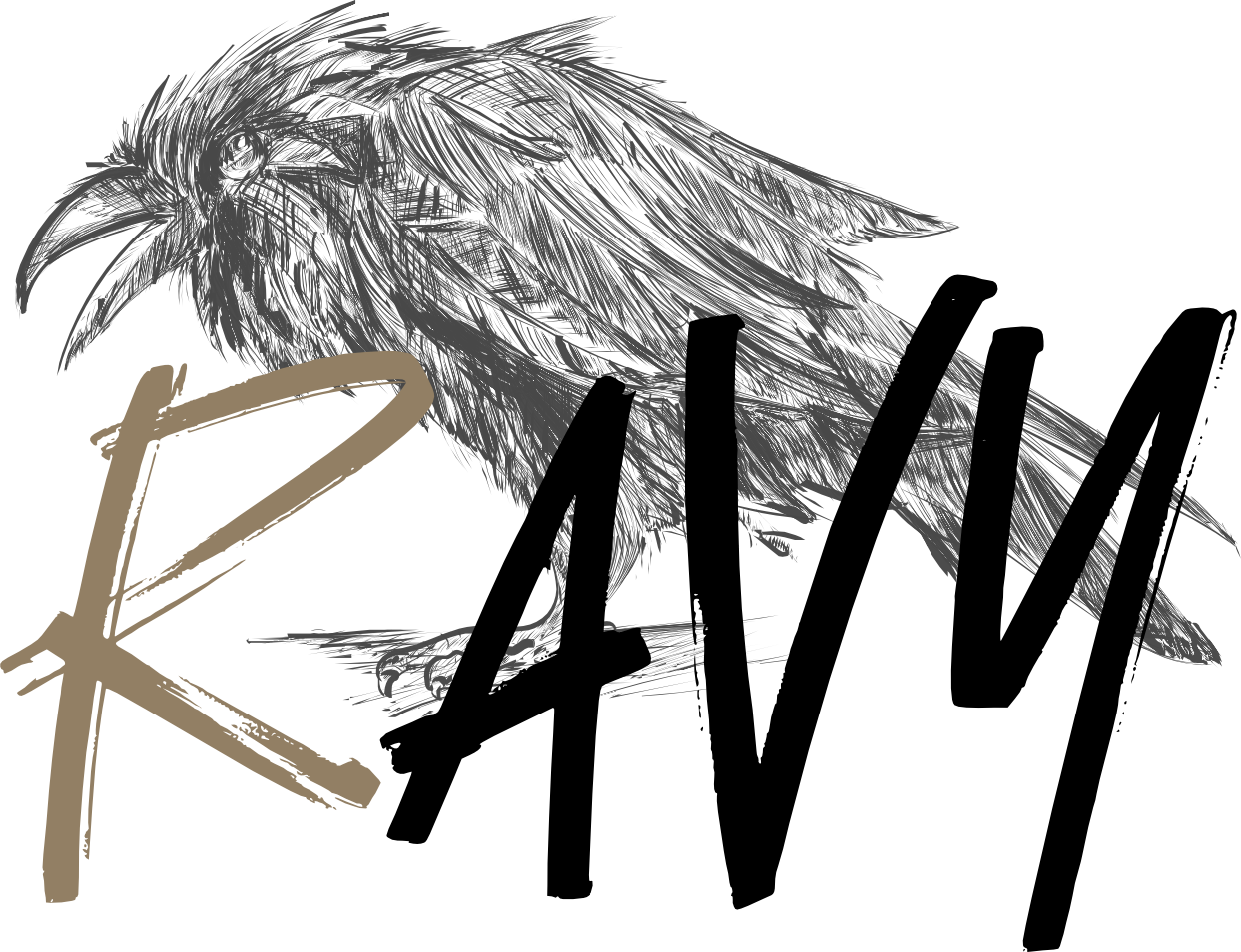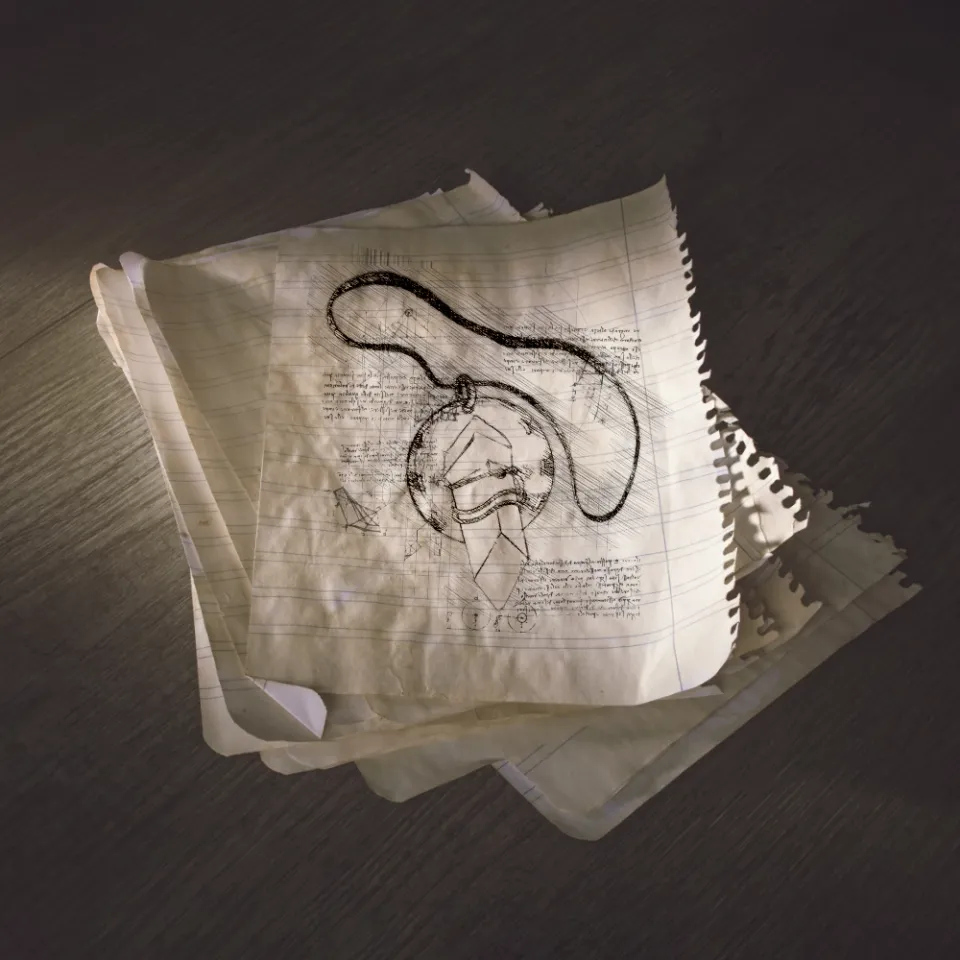A couple of years ago, when I kicked off the grand adventure of drafting my book, I had this brilliant story idea. The main plot was my rock–it held its ground like a champ. But, you see, as I joyfully penned down chapter after chapter, it felt like I was on a wild goose chase through the labyrinth of my creation. The plot, once a faithful companion, started playing hide-and-seek, leaving me to navigate the literary jungle like a lost explorer.

I knew so little about the “new world” that sometimes certain events would not match, and some were lacking logic. But the funny thing is I didn’t realize it at the time. I put aside my stack of handwritten notes into a drawer and didn’t touch it for years. Only after I dusted it off, read some pieces, and started to puzzle the pages together, I saw what a mess I had in front of me.
It's clear to me now that I wasn't ready for it a few years ago. My world and the idea were just too fresh, and I needed my world to grow inside of me, alongside my experiences and views of the real world.
Many describe worldbuilding as a curse. You just dig deeper and deeper and before it’s too late, it caught you in a trap and it’s hard to get out. For some of us, at least.
I would also love to know every tiny corner of Geon. I want to visit all the places and experience all the adventures that this world has to offer. But that is impossible if I ever want to finish the book. And that’s something I learned thanks to many worldbuilding communities, articles, and books - not every tiny detail matters. And then I met the Iceberg technique (tl; dr).
The Iceberg Technique
What is the Iceberg technique you might ask?
Imagine storytelling as an iceberg. The top part you see above the water is like the main story - the events, conversations, and actions that drive the plot forward. But there's a whole lot more hidden beneath the surface, like the feelings, thoughts, and unspoken details that aren't explicitly mentioned.
This storytelling trick, known as the Iceberg Technique, lets writers show just the tip of the iceberg and let you, the reader, fill in the rest. It's like giving you space to use your imagination and make the story your own. Ernest Hemingway was a master of this technique, using it to create stories that are powerful and open to interpretation

Asking the Right Questions
Okay, so I found myself knee-deep in a creative mess, wondering, "How do I even start sorting this out?" That's when I thought, why not turn it into an exciting quest for answers? I came up with a bunch of questions to help kick off the brainstorming without drowning in thoughts or getting stuck in the frustration zone. Let’s keep it light and engaging.
- What is the core concept?
- What is the genre?
- What's the geography like?
- Are there unique flora and fauna?
- Who inhabits your world?
- How does magic or technology work?
- What's the history of your world?
- Are there different cultures?
- What drives conflict in your world?
- What's the daily life like?
- How will your world evolve?
In our journey with Project Geon, we're on a mission to uncover the scoop on all these questions. It's gonna be a mix of planning, research, and, of course, a ton of fun! Some answers might shake things up as we explore, and that's cool. Most of the magic, though, will happen as we build up the story and world, adapting to the twists and turns of our adventure.
1. What is the core concept?
Let’s dive into the main theme. What’s the vibe we want, setting the tone for our world? This decision's a big deal, like picking the flavor of ice cream you can't change once you've scooped it out, unless, of course, you want to redo the whole sundae.
It was challenging for me to decide who the book should be intended for. Initially intended for adults, I soon recognized the value of allowing the character(s) to age throughout the years. It would also give the reader more background on the culture and society, making it easier to explain the magic system. The Necromancers have an interesting life cycle in place. Therefore, starting with a kid or teen sounds like a no-brainer.
Thinking about the vibe, we are still talking here about necromancy, black magic, and wiping out entire cultures, races, and societies. So I have decided to start light and build on heavier and darker topics as the character(s) mature(s) enough to fully comprehend the serious events.
Also, worldbuilding touches all aspects of your story. It touches plot and character as well. If you don't know the culture your character comes from, how can you know what he's really like? You must know your characters on a much deeper level than you would if you just shrugged your way into a cookie cutter fantasy world.
Patrick Rothfuss

2. What is the genre?
Our story unfolds in a distant future, a few centuries down the road. Delving into the technological progress leading up to the significant moments when magic comes to life is no small task. Merging the realms of technology and magic is quite a challenge, and finding the right balance is crucial.
Building on the base of my earlier post, "Introducing Project Geon," let's assume that our world's evolution mirrors our current reality. This means we can explore predictions and scientific speculations about what the world might look like in the next 1000-1500 years.
Given the cool blend of sci-fi and fantasy in the story, I’m tagging it as science fantasy, where the magical stuff takes center stage. Now, when it comes to sub-genres, I am at a bit of a crossroads. I’m torn between calling it Science and Sorcery or going all-in with the Magipunk vibe. It's like choosing between pistachio and coconut flavor – tough call.
The fun thing about science fantasy is how it mixes elements of both fantasy and science fiction. Works of science fantasy are among the most popular properties in film, television, gaming, and literature—a testament to how much we love this savory blend of genres.
B.K.Bass, Campfirewriting
Geon is a realm waiting to unfold its secrets. So, buckle up, because the real adventure is about to begin! Get ready to explore the diverse terrains, uncover hidden wonders, and immerse yourself in the magic that lies within the geography of Geon. Stay tuned for a thrilling ride into a world where every hill, river, and valley has a story to tell.

